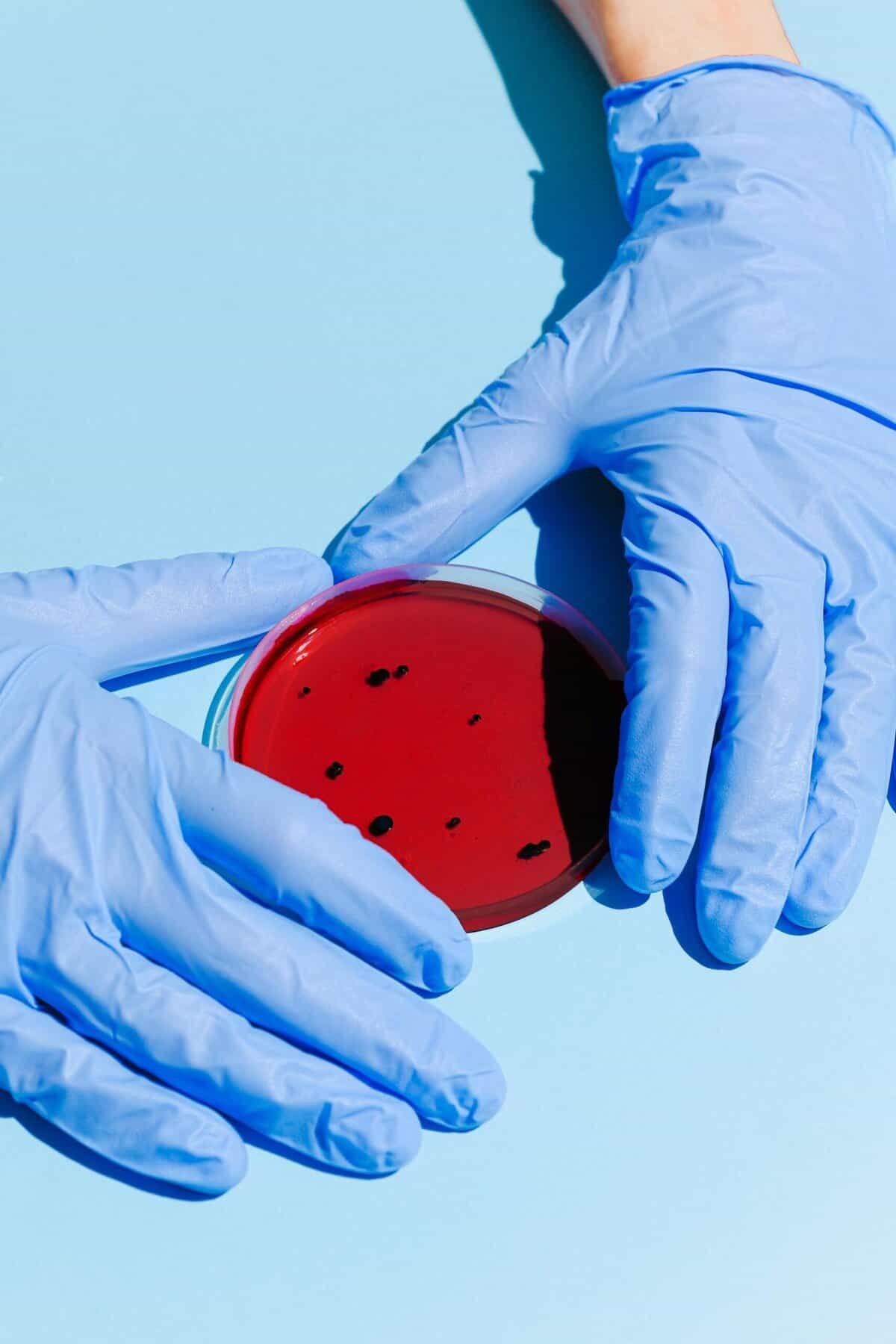Could your well water be contaminated with nitrates, and how would you know?
What Are Signs Of Nitrate Contamination In Well Water?
You might expect a contaminated well to betray itself with a smell or visible discoloration, but nitrate is colorless and essentially tasteless. That means the signs of nitrate contamination are often indirect — health symptoms, patterns in water quality, or environmental cues around your property give you the best clues that nitrates could be a problem.
Below you’ll find a detailed, practical guide to recognizing potential nitrate contamination in well water, testing for it, interpreting results, and taking action to protect your household, livestock, and property.
Why nitrates matter
Nitrates are naturally occurring compounds that contain nitrogen and oxygen. While low levels are common in groundwater, higher concentrations can pose serious health risks — especially to infants and certain sensitive groups. Knowing the signs of contamination helps you act quickly and avoid harmful outcomes.
How nitrates get into well water
You’ll find nitrates in groundwater mainly because nitrogen from fertilizers, manure, septic systems, and some natural sources moves down through the soil with rain and irrigation. Shallow wells, fractured rock aquifers, and wells near agricultural fields or malfunctioning septic systems are most vulnerable.
- Agricultural fertilizers and manure: These are the most common human-related sources. When you apply fertilizer or spread manure, nitrates can leach into the soil and groundwater.
- Septic systems and sewer leaks: Poorly maintained or overloaded septic systems will allow nitrogen-rich wastewater to enter groundwater near your well.
- Animal operations: Barnyards, livestock concentrations, and manure storage near wells increase the risk.
- Natural sources: Organic matter decomposition and some soils can release small amounts of nitrate.
- Industrial or municipal discharges: Less common, but possible near certain facilities or wastewater outfalls.

Physical signs you might notice at home
You won’t taste or smell nitrates, but certain physical signs or patterns may suggest your well is at risk:
- Recent changes after heavy rainfall or spring snowmelt: If your well quality worsens after storms, surface infiltration could be bringing nitrates in.
- Shallow well behavior: Sudden spikes in nitrate after running water for a short time suggest a shallow or poorly sealed well.
- Nearby land use changes: New fertilizer application, livestock barns, or septic system installations close to your well are red flags.
- Correlated problems: If you notice bacterial contamination (E. coli) or cloudiness after storms, nitrogen may also be moving into the system.
Remember: none of these signs are definitive on their own. The only way to be sure is testing.
Health signs and symptoms you should watch for
Nitrates themselves are not acutely toxic in the same way that some industrial contaminants are, but they can convert to nitrite in the body. Nitrite interferes with the blood’s ability to carry oxygen, and that’s what causes health problems.
- Infants (under 6 months): The most serious sign to watch for is infant methemoglobinemia, commonly called “blue baby syndrome.” If a baby becomes pale or bluish, is lethargic, has difficulty breathing, or is unusually irritable, seek medical help immediately and stop using the well water for formula and drinking.
- Pregnant women: High nitrate exposure has been associated in some studies with adverse outcomes; you should avoid drinking water exceeding guideline levels during pregnancy.
- Adults: Healthy adults are less likely to develop methemoglobinemia, but those with certain enzyme deficiencies, cardiovascular or respiratory conditions, or who use certain medications (like some nitrite-producing drugs) can be more susceptible. Symptoms can include headache, dizziness, shortness of breath, and fatigue.
- Livestock and pets: Animals, especially ruminants (cattle, sheep), are more sensitive to nitrates. Signs include rapid breathing, weakness, reduced milk production, abortions, diarrhea, staggering, and sudden death in severe cases.
If you notice unusual sickness in infants, family members, or animals and you suspect water is involved, stop using the well water for drinking and cooking until you test.

Environmental signs around the property
Often the first clue you’ll notice is in your landscape or neighboring properties rather than in the water itself.
- Algal growth in nearby surface water: Nitrate-rich runoff encourages algae and aquatic plant growth in ponds and streams. While this is a surface-water indicator, it signals that nitrates are moving through the environment.
- Vegetation stress: Excessive weed or algal growth in nearby ditches, or conversely, areas of stressed vegetation where groundwater quality is poor, may hint at nitrogen movement.
- Livestock concentration and manure piles: If manure is stored uphill or close to your well, the risk of nitrate leaching increases.
- Recent fertilization: If fields, lawns, or garden areas near your well have been fertilized recently, test your water after rains or irrigation.
Common misconceptions about signs
You might believe that boiling water will remove nitrates, or that cloudiness or sulfur smells are tied to nitrate. That’s not accurate:
- Boiling water does not remove nitrates; it can concentrate them by evaporating water, making the problem worse.
- Nitrates are not associated with a distinct taste or smell.
- Other water quality issues (sulfur odor, iron staining) don’t reliably indicate nitrate problems, though they can co-occur with other groundwater issues.
Testing is the only reliable method to confirm nitrate levels.

How to test your well for nitrate
You should establish a testing routine and know when to test beyond routine schedules.
When to test
- Test at least once a year for nitrates, and more often if you have known risks nearby or the area has intensive agriculture.
- Test after heavy rains, flooding, seasonal snowmelt, or if you notice any sudden illness in household members or livestock.
- Test if you’re expecting a baby or if a pregnant woman is in the household.
- Test a new well before you begin using it, and test after well maintenance or repairs.
How to collect a proper sample
Accurate results depend on proper sampling. Follow these steps, or follow the specific instructions from your testing lab:
- Use a certified laboratory: Local health departments often maintain lists of accredited labs.
- Clean the tap: Use the faucet closest to the well (often an outdoor spigot) and remove any attachments. Disinfect and flush the tap for a few minutes to clear the line of standing water.
- Fill the sample container as directed: Many labs provide sample bottles with preservatives. Do not rinse the bottle unless instructed.
- Time matters: Deliver the sample to the lab promptly — many nitrate samples should be kept chilled and analyzed within a specific period.
- Follow lab instructions precisely: Sampling details (first-draw vs. flushed sample, preservation needs) can vary.
Home test kits vs. certified lab testing
- Home test kits: These can be useful for a quick screen. Test strips or colorimetric kits give approximate concentrations. They are inexpensive but less accurate and can give false readings.
- Field meters: Handheld nitrate meters give you better precision than strips but require calibration and quality control.
- Certified labs: For definitive answers, especially when health risk is a concern, use an accredited laboratory. Their results are accurate, documented, and legally defensible if needed for public health actions.
Interpreting nitrate test results
When you receive results, you’ll see nitrate reported in different units. Understanding the units and regulatory limits is crucial.
Units and regulatory limits
- EPA drinking water limit (MCL): 10 mg/L as nitrogen (often written as 10 mg/L NO3-N). This is the maximum contaminant level for nitrate plus nitrite, expressed as nitrogen.
- In the more common nitrate form (NO3), that corresponds to 45 mg/L NO3.
- Labs may report nitrate as mg/L NO3 or mg/L NO3-N. Use the conversion factor: NO3 = NO3-N × 4.43 approximately.
Table: Common nitrate level ranges and interpretations
| Nitrate (mg/L as NO3-N) | Approx. Nitrate (mg/L as NO3) | Interpretation and concerns |
|---|---|---|
